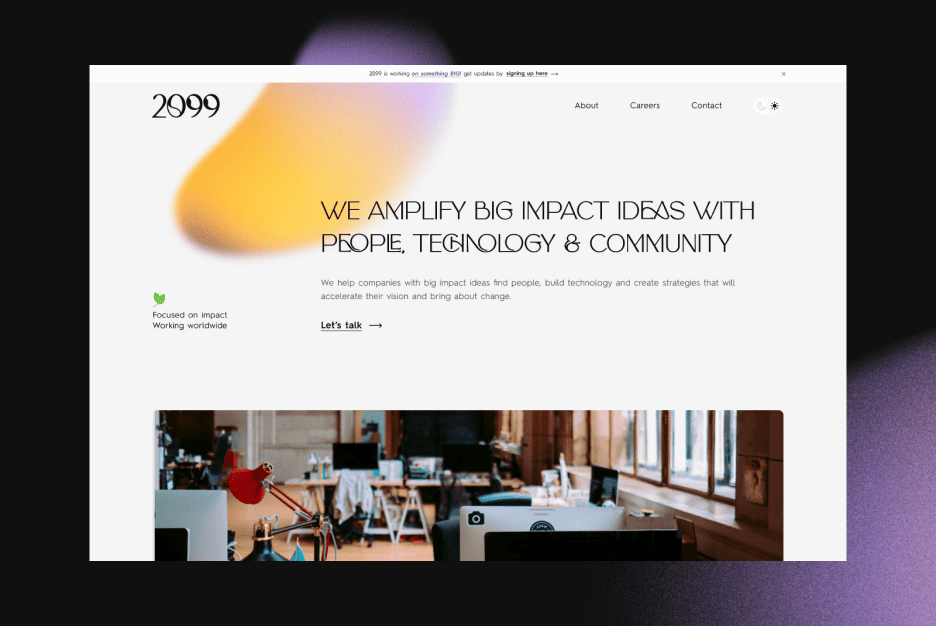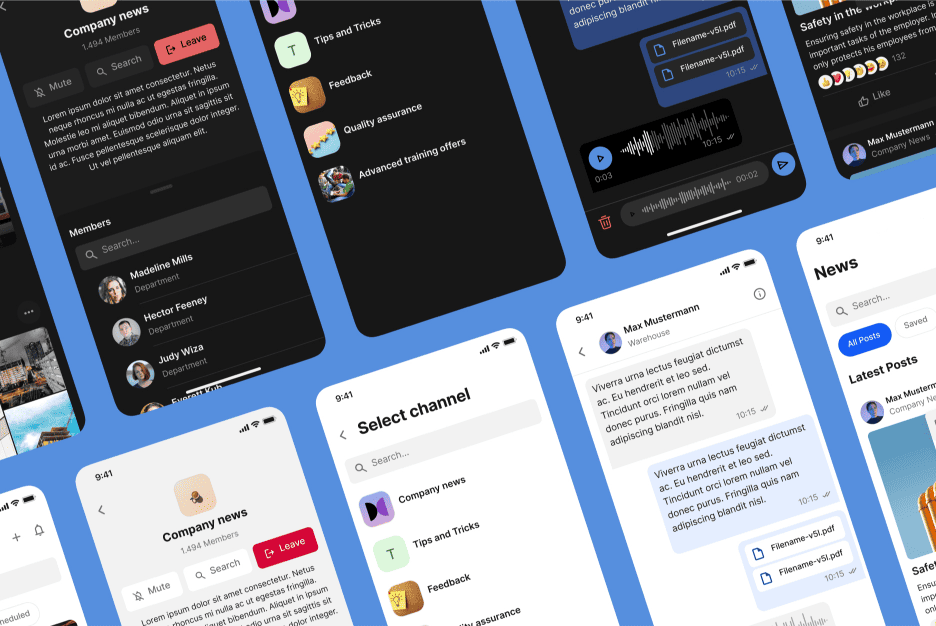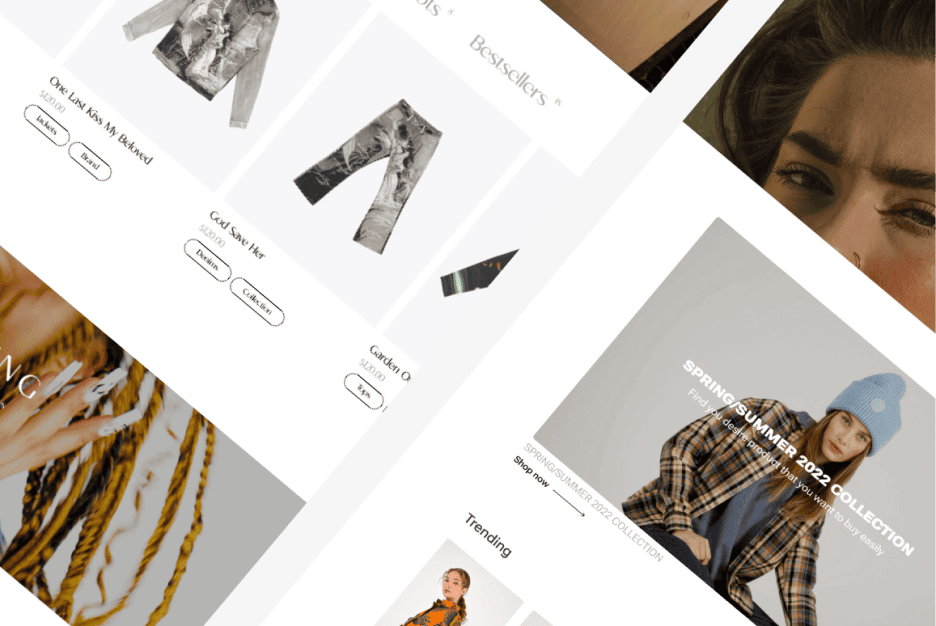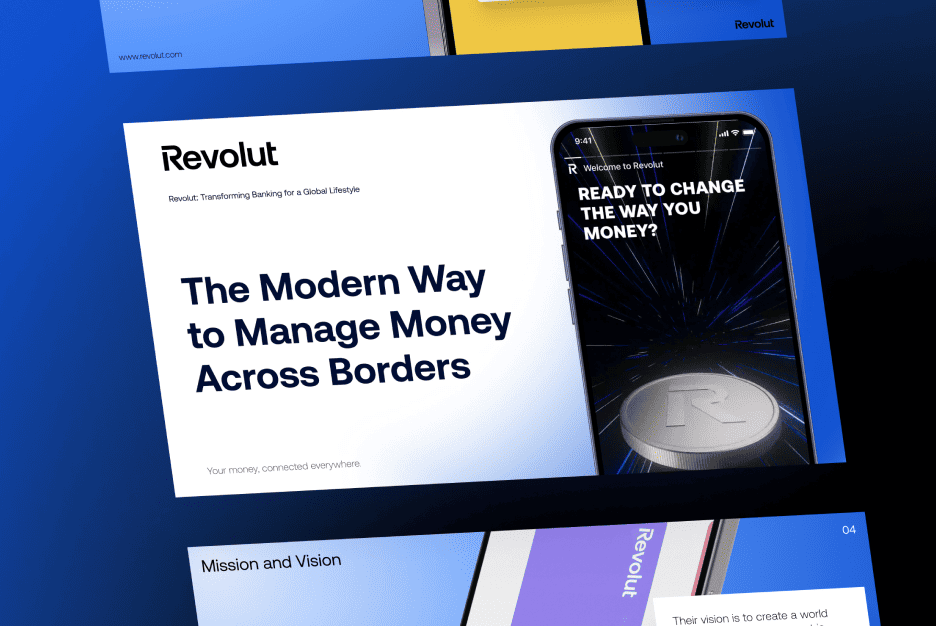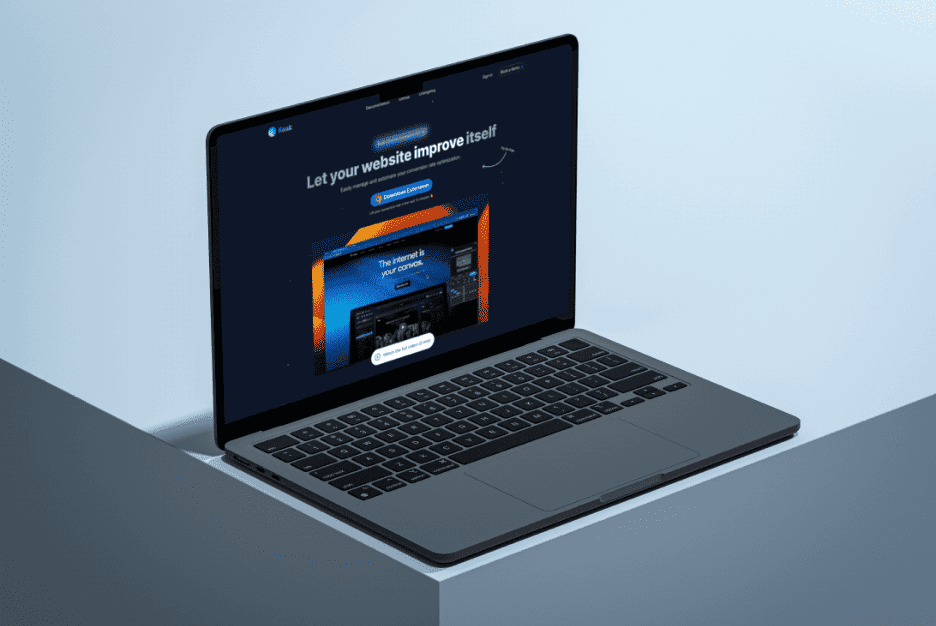How to Level Up Your UX with Results Focused Web Design
In today’s competitive digital landscape, simply having a beautiful website or app isn’t enough. Your users expect more. They want a seamless, intuitive experience that meets their needs and guides them effortlessly toward their goals. At Almax, we believe that great design isn’t just about looking good—it’s about delivering real, measurable results. This is where results-focused web design comes in.
In this article, we’re diving deep into the concept of results-focused web design—a strategic approach that goes beyond aesthetics to create experiences that drive growth and engagement. We’ll walk you through nine essential steps to implement this approach, from setting clear goals to optimizing your design for conversions. Whether you’re launching a new digital product or redesigning an existing platform, our growth-driven design strategies can help you create high-performing websites, mobile apps, and platforms that truly resonate with your audience.
At Almax, we specialize in creating user-centric designs that align with your business objectives. Our services range from custom website design and mobile app development to UI/UX design and platform redesign. Ready to elevate your digital presence? Let’s explore how results-focused web design can level up your UX and help you achieve your business goals.

Understanding Results Focused Web Design
Results-focused web design is about aligning every aspect of your website or app with measurable business goals. Unlike traditional design approaches that may prioritize aesthetics or subjective preferences, this method is all about creating a seamless experience that drives tangible outcomes. Whether it’s increasing user engagement, boosting conversion rates, or improving customer retention, results-focused design ensures that every design decision is purposeful.
What is Results Focused Web Design?
At its core, results-focused web design prioritizes function over form. This approach recognizes that while a visually appealing website is important, it’s not enough to drive results. Instead, the design should:
- Guide users towards specific actions: Whether it’s filling out a form, making a purchase, or subscribing to a newsletter, every element of the design should contribute to these goals.
- Be informed by data: Decisions are driven by analytics, user behavior, and testing, ensuring that the design is continually optimized for performance.
- Focus on user needs: By understanding what users want and need, the design can deliver a better experience that leads to higher satisfaction and loyalty.
This approach isn’t just a theory—it’s backed by research. For instance, a study by Forrester found that a well-designed user interface could raise a website’s conversion rate by up to 200%, while a better UX design can yield conversion rates up to 400%.

The 9 Steps for Implementing Results-Focused Web Design
Implementing a results-focused web design isn’t a one-size-fits-all process. However, there are key steps you can follow to ensure your design is effective and aligned with your business goals.
Start with Clear, Quantifiable Goals
The first step in any results-focused design process is setting clear, measurable goals. Without specific objectives, it’s impossible to gauge the success of your design.
- Set SMART goals: Your goals should be Specific, Measurable, Achievable, Relevant, and Time-bound. For example, instead of saying “improve user engagement,” aim for “increase average session duration by 15% within the next three months.”
- Align with business objectives: Ensure your design goals are directly tied to broader business goals, such as revenue growth or customer acquisition.
- Use historical data: If you have access to previous analytics, use them to set realistic benchmarks and goals.

Optimize Your User Journey from Day One
Mapping out and optimizing the user journey is crucial for ensuring users can achieve their goals on your site with minimal friction.
- Map the user journey: Identify all the touchpoints a user interacts with from the moment they land on your site to the point of conversion. Use tools like customer journey maps to visualize these steps.
- Identify friction points: Look for areas where users might get stuck or drop off. Common issues include confusing navigation, too many steps in a checkout process, or slow page load times.
- Streamline navigation: Ensure that your site’s navigation is intuitive and that users can easily find the information they need. According to a study by HubSpot, 76% of consumers say the most important factor in a website’s design is that it “makes it easy for them to find what they want.”
- Use testing methods: Employ A/B testing, heatmaps, and user testing to gather data on how users interact with your site. These insights can guide further optimization.
Leverage Data-Driven Design Decisions
Data should be at the heart of your design process, informing every decision you make.
- Monitor key metrics: Keep an eye on important metrics such as session duration, bounce rates, click-through rates (CTR), and conversion rates. These can provide insights into how users are interacting with your site.
- Use analytics tools: Tools like Google Analytics, Hotjar, and Crazy Egg can offer valuable insights into user behavior. For example, you might discover that users are frequently abandoning their carts on a particular page, indicating a problem that needs to be addressed.
- Iterate based on data: Design isn’t static. Continuously use data to make informed changes and improvements. A report by McKinsey found that companies that use customer analytics extensively are more than twice as likely to generate above-average profits.

Implement User-Centric Design Principles
User-centric design puts the needs, behaviors, and goals of the user at the forefront of the design process.
- Conduct user research: Start by understanding your users. Develop detailed personas that represent different segments of your audience, and use empathy mapping to gain insights into their needs and pain points.
- Focus on accessibility: Ensure your design is inclusive and accessible to all users, regardless of their abilities. This includes considering factors like color contrast, text size, and navigational ease.
- Create feedback loops: Once your site or app is live, continue to gather user feedback. This can be done through surveys, usability testing, or direct feedback channels on the site.
According to a study by the Nielsen Norman Group, user-centered design improves the usability of websites and apps, leading to increased satisfaction and higher conversion rates.
Maximize Engagement with Compelling Visuals and Content
Visual content plays a critical role in capturing attention and guiding users toward the actions you want them to take.
- Use visual hierarchy: Organize your content so that the most important elements stand out. This can be achieved through size, color, contrast, and placement.
- Incorporate multimedia: Use images, videos, infographics, and other visual elements to make your content more engaging. A survey by Wyzowl found that 89% of consumers want to see more video content from brands they support.
- Align content with design: Your content strategy should complement your design. Ensure that every piece of content is purposeful and supports the user journey.

Boost Conversions Through Strategic Call-to-Actions
Calls-to-action (CTAs) are a crucial element of any results-focused design. They guide users toward the next step in their journey.
- Experiment with placements: Test different locations for your CTAs to see which performs best. Common placements include above the fold, at the end of blog posts, and in pop-ups.
- Craft compelling copy: Your CTA text should be clear, concise, and action-oriented. Avoid generic phrases like “Click Here” and opt for something more specific like “Get Your Free Quote” or “Start Your Free Trial.”
- Test and refine: Continuously A/B test different elements of your CTAs, such as color, size, and text, to optimize for conversions.
Optimize for Mobile Users from the Ground Up
With more people accessing websites from mobile devices than ever before, a mobile-first approach is essential.
- Prioritize mobile responsiveness: Ensure your site is fully responsive, meaning it adjusts seamlessly to different screen sizes.
- Optimize for speed: Mobile users expect fast load times. Compress images, leverage browser caching, and minimize code to reduce load times.
- Design for touch: Ensure that buttons and links are large enough to be easily tapped, and avoid using hover effects that don’t translate well to touchscreens.

Ensure Seamless Integration with SEO Best Practices
Good UX and SEO are closely intertwined. A results-focused design should not only look good but also perform well in search engine rankings.
- Optimize for site speed: Fast-loading sites not only provide a better user experience but are also favored by Google’s ranking algorithms.
- Use mobile-friendly design: Google’s mobile-first indexing means that the mobile version of your site is what gets indexed. Ensure your design is mobile-friendly to maintain or improve your search rankings.
- Implement structured data: Use schema markup to provide search engines with additional information about your content. This can enhance how your site appears in search results, potentially leading to higher click-through rates.
Continuously Test, Measure, and Adapt Your Design
The final step in a results-focused design process is ongoing testing and iteration.
- Use A/B testing: Regularly test different versions of your pages to see which performs better. This could involve testing different headlines, layouts, or CTA placements.
- Monitor user behavior: Continue to use tools like heatmaps and user session recordings to understand how users interact with your site.
- Adapt based on feedback: Be prepared to make changes based on user feedback and behavior. The best designs are those that evolve over time, constantly improving to meet the needs of your users.
Conclusion
Results-focused web design is about more than just aesthetics—it’s about creating an experience that delivers real, measurable outcomes. At Almax, we’re dedicated to helping startups and established companies alike harness the power of design to drive growth and success. If you’re ready to elevate your UX with a growth-driven design agency, contact Almax and explore how we can help you achieve your goals.
